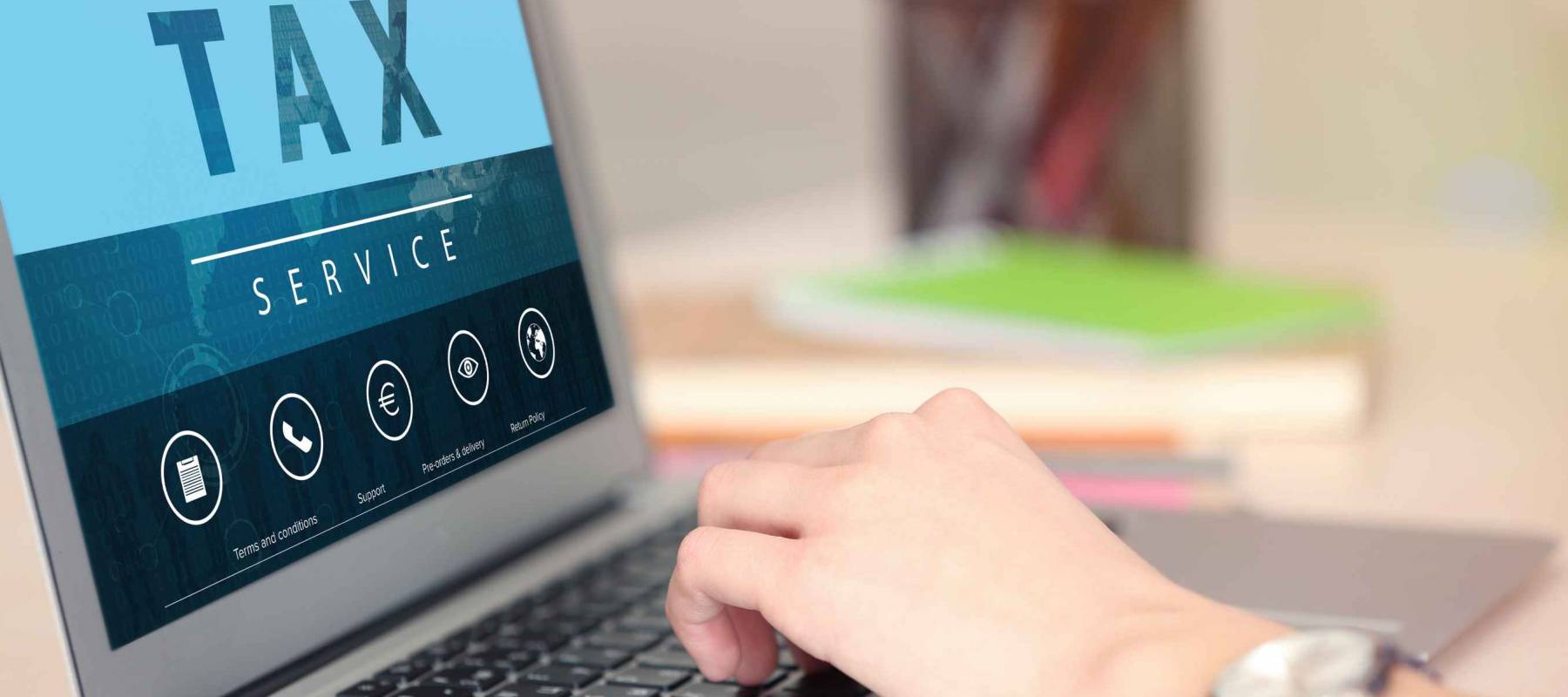Know your tax deadlines
There are a few different tax deadlines you’ll want to make sure you’re aware of:
May 1, 2023: The deadline for personal tax returns. The date is normally April 30, but is moved to May 1 since April 30 is a Sunday.
June 15, 2023: The deadline for self-employed individuals. Note that any taxes owed are due by April 30, 2023.
If you owe taxes and file past the deadlines, the Canada Revenue Agency (CRA) will charge you a penalty of 5% of your balance owing. There’s an additional fee of 1% for each full month you file after the due date, up to 12 months.
Also, note that the Registered Retirement Savings Plan (RRSP) contribution deadline for the 2022 tax year is March 1, 2023. Any contributions made after that date can be applied when you do your taxes next year.
Unexpected vet bills don’t have to break the bank
Spot Pet Insurance offers coverage for treatment of accidents, illnesses, prescriptions drugs, emergency care and more.
Plus, their preventative care plan covers things like routine check-ups, microchip implantation, and vaccinations, if you want to give your pet the all-star treatment while you protect your bank account.
Get A QuoteGather your tax documents
You’ll want to ensure that you have all of your documents in order, including:
- Notice of assessment from your previous tax return
- Income T-slips (T4s, T5s, etc.)
- Records of any additional income, such as self-employment
- Tax receipts including charitable donations, childcare, monthly transit passes, and medical expenses
- RRSP contribution slips
- Home Buyers’ Plan and Lifelong Learning Plan repayment amounts
- Records of expenses if self employed
All of your tax slips should be available by the end of February, so if you’re missing anything come March, be sure to look into them. Filing your taxes is a lot easier if you have your documents organized.
Contribute to your RRSP
If you can afford it, one of the easiest ways to lower your tax burden is to make an RRSP contribution. For every dollar you contribute, your taxable income is reduced by an equal amount.
For example, let’s say your tax bracket has you paying 40% in taxes. For every dollar you contribute to your RRSP, you’d get 40 cents back. If you then took your tax refund and invested it into your RRSP, you could both reduce your tax burden and increase your savings every year.
Don’t forget to check your previous year’s notice of assessment to confirm your maximum RRSP contribution room. You don’t want to exceed that amount as there’s a tax of 1% per month until you withdraw the excess amount.
Canada’s top credit cards—find your perfect match!
Maximize rewards, save on interest, or earn cash back. Compare the best credit cards in Canada and pick the one that works for you!
Find Your Card NowClaim your home office expenses
When Canadians started working from home in 2020 due to the COVID-19 pandemic, the Canadian government made a temporary change to how you could claim home office expenses.
For the 2022 tax year, a flat rate of $2 a day — up to a maximum of 250 days ($500 total) — is now available for those who work from home due to COVID-19 requirements.
Note that you can still use the detailed method that allows you to claim additional amounts, but you’d have to fill out T777S or Form T777 and get your employer to sign Form T2200S or Form T2200.
Self-employed individuals or those who started a side hustle may also claim additional expenses, but they have to keep detailed records and receipts.
Don’t forget about the digital news subscription tax credit
The digital news subscription tax credit has been around since 2019, but not many people are aware of how it works. It’s essentially a non-refundable tax credit for amounts paid by individuals to a qualified Canadian news organization.
The qualifying expense would be the amount you paid for your digital news subscription. The maximum credit is calculated by multiplying the lowest personal income tax rate by the total amount you paid for all qualifying subscriptions in the year, up to $500.
Ontario Staycation Tax Credit
This credit was introduced for the 2022 tax year, allowing Ontario residents to claim expenses for travel within Ontario. If you paid for accomodations between Jan. 1 to Dec. 31, 2022 then you can claim up to $1,000 as an individual or $2,000 if they have a spouse. This then translates to getting $200 back for individuals, or $400 back for families.
Eligibile accomodations include:
- Hotels
- Motels
- Cottages
- Campgrounds
- Vacation rentals (Airbnb, Vrbo etc.)
In order to qualify, the expense must be for a personal trip (business trips don't count). The trip also had to be paid for by you, your common law partner or spouse. As with other tax claims, ensure that you have the appropriate receipts and paperwork.
Always file your taxes on time
“It is important to file your tax return on time even if you can't afford the tax bill,” says Watkin. “Not only may you become eligible for government programs such as the GST/HST credit and Canada child benefit, but you’ll also avoid any late-filing penalty fees.”
Don’t stress if you think you owe back taxes. Any credits or refunds that are owed to you by the CRA can be applied towards outstanding amounts owing. Even if you can’t afford to pay any taxes you still owe, the CRA will work with you to set up a payment arrangement.
Basic tax returns can be done quickly online for free. If you have a more complex tax situation, you may want to consider purchasing deluxe or premier tax software.
Alternatively, you could work with an accountant or tax preparer if you’re looking for a little more hands-on help.
Trade Smarter, Today
Build your own investment portfolio with the CIBC Investor's Edge online and mobile trading platform and enjoy low commissions. Get 100 free trades and $200 or more cash back until March 31, 2025.







